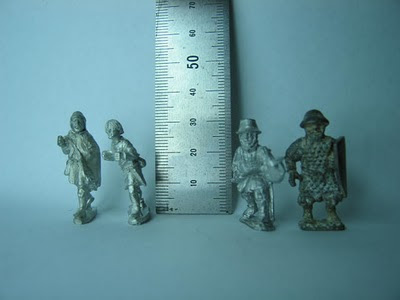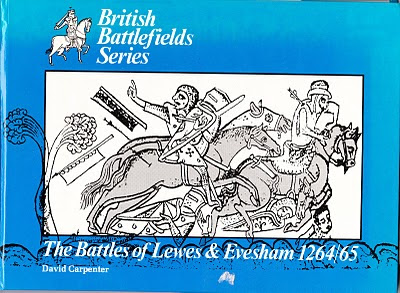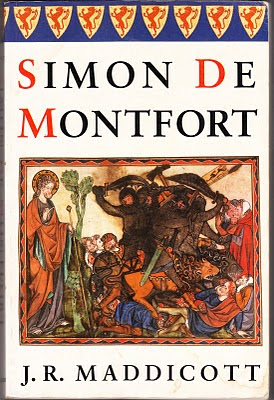Discourse: Impetus for Battle
In a previous post (Book Review: E.L. Mann’s ‘The Battle of Lewes’) I referred to Mann’s analysis of the motivation for engagement at Lewes. Mann believed that the forces were near to equal and that the battle fell in favour of de Montfort when King Henry gave up his advantage of a strong defensive position from within Lewes. Furthermore, the drive for coming out to battle is explained in terms of the knightly class pursuit of glory in a chivalric tradition. From my discourse on the subject of the size of the armies present at Lewes in 1264 (Discourse: How Big was Lewes?) my position on the armies remains that there existed a Royal superiority in the vicinity of 3:2 or greater. If so, Mann’s estimation of numbers is at odds with mine. This in turn undermines any sympathy I can have with criticism of Henry in giving up a necessary defensive advantage. On the contrary, his superiority was more than quantitative inasmuch as his overwhelming advantage in heavy cavalry would have given t...







